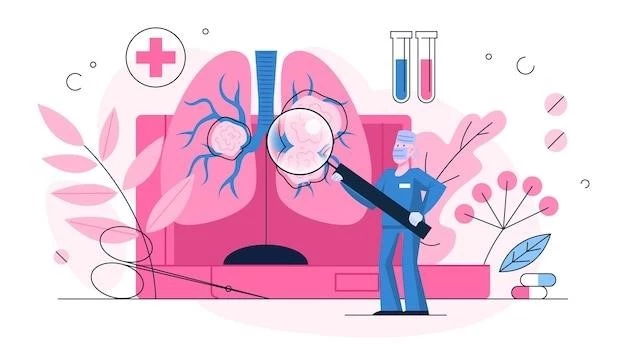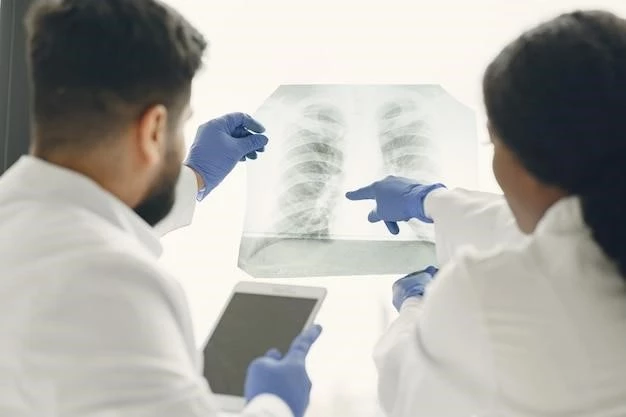Article Plan⁚ Disease ⎻ Persistent Müllerian Duct Syndrome
Introduction to Persistent Müllerian Duct Syndrome
Persistent Müllerian Duct Syndrome (PMDS) is a rare disorder where individuals born biologically male have structures from the female reproductive system. This condition arises due to genetic mutations affecting the Müllerian duct’s regression process during fetal development. With nearly 150 cases reported in the literature٫ PMDS presents challenges in diagnosis and management٫ impacting the individual’s sexual development and reproductive health.
Causes and Genetic Basis
Persistent Müllerian Duct Syndrome (PMDS) is caused by genetic mutations affecting the regression of Müllerian duct derivatives, leading to the development of female reproductive structures in males. Specifically, mutations in genes involved in Müllerian Inhibiting Substance (MIS) production or functioning, such as AMH or AMHR2, are implicated in PMDS. These mutations can be hereditary or arise spontaneously, impacting the normal male sexual differentiation process.

Symptoms and Clinical Presentation
The clinical presentation of Persistent Müllerian Duct Syndrome (PMDS) varies but commonly includes the presence of male external genitalia along with internal female reproductive organs such as the uterus and fallopian tubes. Symptoms may manifest as inguinal hernias, undescended testes, or abnormal hormone levels. Diagnosis typically involves imaging studies like ultrasound to visualize the internal structures affected by PMDS.
Diagnosis and Imaging Techniques
Diagnosing Persistent Müllerian Duct Syndrome (PMDS) often involves a combination of physical examinations, imaging studies, and genetic testing. Imaging techniques such as ultrasound, magnetic resonance imaging (MRI), and computed tomography (CT) scans can aid in visualizing the internal reproductive structures. Genetic testing may identify mutations in genes related to Müllerian Inhibiting Substance (MIS) production or function, providing a definitive diagnosis of PMDS.
Treatment Options
The treatment of Persistent Müllerian Duct Syndrome (PMDS) typically involves surgical interventions to remove the internal female reproductive structures present in affected males. Surgical correction aims to alleviate symptoms, prevent complications, and restore normal male anatomy and reproductive function. Hormone therapy may be considered post-surgery to manage any residual effects of PMDS.
Surgical Interventions
Surgical interventions are the primary treatment for Persistent Müllerian Duct Syndrome (PMDS) to address the presence of internal female reproductive structures in males. The surgical approach involves the removal of the uterus, fallopian tubes, and other Müllerian duct derivatives to restore normal male anatomy and alleviate associated symptoms. The aim of surgery is to improve the individual’s quality of life and prevent potential complications.
Case Studies and Research Findings
Case studies and research findings on Persistent Müllerian Duct Syndrome (PMDS) shed light on the diverse clinical presentations and genetic factors influencing the condition. Studies have highlighted the challenges in diagnosing and managing PMDS, with a focus on surgical interventions and long-term outcomes. Research findings contribute to the understanding of this rare disorder and guide future advancements in its treatment.
Complications and Associated Conditions
Complications and associated conditions of Persistent Müllerian Duct Syndrome (PMDS) can include challenges in both diagnosis and treatment due to the rarity and complexity of the condition. Additionally, individuals with PMDS may face reproductive challenges, hormonal imbalances, and psychological impact arising from the anomaly of having both male and female reproductive structures. Awareness of potential complications is crucial for comprehensive management of PMDS.

Prognosis and Long-Term Outlook
Prognosis for individuals with Persistent Müllerian Duct Syndrome (PMDS) is generally favorable with appropriate surgical management to remove the female reproductive structures. Long-term outlook involves regular follow-up care to monitor hormone levels, reproductive health, and potential complications post-surgery. With advancements in diagnostic techniques and treatment modalities, the prognosis for individuals with PMDS continues to improve, emphasizing the importance of multidisciplinary care in ensuring optimal long-term outcomes.
Conclusion and Future Perspectives
In conclusion, Persistent Müllerian Duct Syndrome (PMDS) presents a unique challenge in the field of sexual development disorders, requiring a multidisciplinary approach for diagnosis and management. As research continues to advance our understanding of the genetic basis and clinical manifestations of PMDS, future perspectives aim to refine diagnostic criteria, enhance surgical interventions, and improve long-term outcomes for individuals with this rare condition. Collaborative efforts between healthcare professionals, geneticists, and researchers are essential in addressing the complexities of PMDS and providing optimal care for affected individuals.
